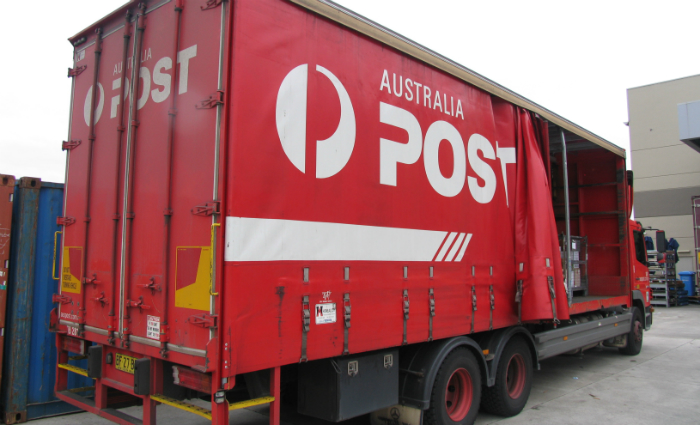
ACCC chairman Rod Sims says Australia Post’s January price hike is ‘not a done deal’, despite the government giving the green light.
The competition regulator is considering Post’s application to increase the cost of a stamp from 70c to $1 as it stares down the barrel of massive losses, with a decision due in December.
If the proposal is accepted, the monopoly mail carrier will jack up bulk mail prices by as much as 48 per cent in a corresponding move from January 4.
The ACCC’s issues paper, released last night, questions whether customers should be hit with a massive increase all at once or if a longer-term ‘price path’ approach is more appropriate.
[Related: More Australia Post news]
Post argues the move, including the bulk mail hike, will turn last year’s $269m letters loss into a $70m loss in FY16 and $84m profit in FY17.
However, ordinary mail would still be in the red with bulk mail – which makes up 80 per cent of volume – dragging the segment into profit. This, and the volatility of future volume, is not lost on the ACCC.
“Stamped letter services would continue to face losses and there is uncertainty around the longer-term rate of decline in letter volumes and a risk Australia Post’s overall monopoly letter services could return to net losses,” the issues paper says.
Sims reiterated these concerns to the Australian Financial Review, saying because of the number of questions surrounding the proposal it will be carefully considered.
“It is not a done deal, it is extremely complex because of the cost allocation, falling demand and question of which service you focus on,” he says.
“If you just look at stamps, they are still losing money in 2016-17 but does stamps underpin the bulk mail price, which [when] combined with stamps they are making money in 2016-17.”
Post’s projections are based on 80 per cent of customers using the slower regular delivery timetable, which will cost $1 and be a day slower than current. About 70 per cent of bulk mail customers have switched to regular since it was introduced last year.
According to the issues paper, only 2.2 per cent of letters are sent between consumers, with 46.3 per cent business to business, 38.2 business on consumers, and 13.3 by government. 74 per cent is transaction with 23 per cent promotional.
They are also based on projected volume declines of 11.5 per cent (for presort, by far the most popular bulk mail category) to 13.9 per cent depending on segment.
Many printers and mailhouses would argue these are conservative projections, saying many clients will pull their dollars out of print in the face of skyrocketing costs, putting them out of business.
[Related: More direct mail news]
This concern also seems to be playing on the mind of Sims, despite Communications Minister Malcolm Turnbull throwing his support behind the plan in March.
“You can't just let the dwindling number of people on the service keep paying more as demand goes down,” he told AFR.
“There comes a point where you can't do that, now I don't think we are at that point yet … but I accept it’s a potential problem.”
Interested parties have until October 15 to send submissions to the ACCC, with the PIAA, unions and others already gearing up major campaigns, with the regulator publishing its initial response in November.
Submissions can be emailed to postalservices@accc.gov.au with documentation on the proposal available on the ACCC website.
Australia Post will then have an opportunity to respond before the ACCC makes its final decision in December.
Comment below to have your say on this story.
If you have a news story or tip-off, get in touch at editorial@sprinter.com.au.
Sign up to the Sprinter newsletter
